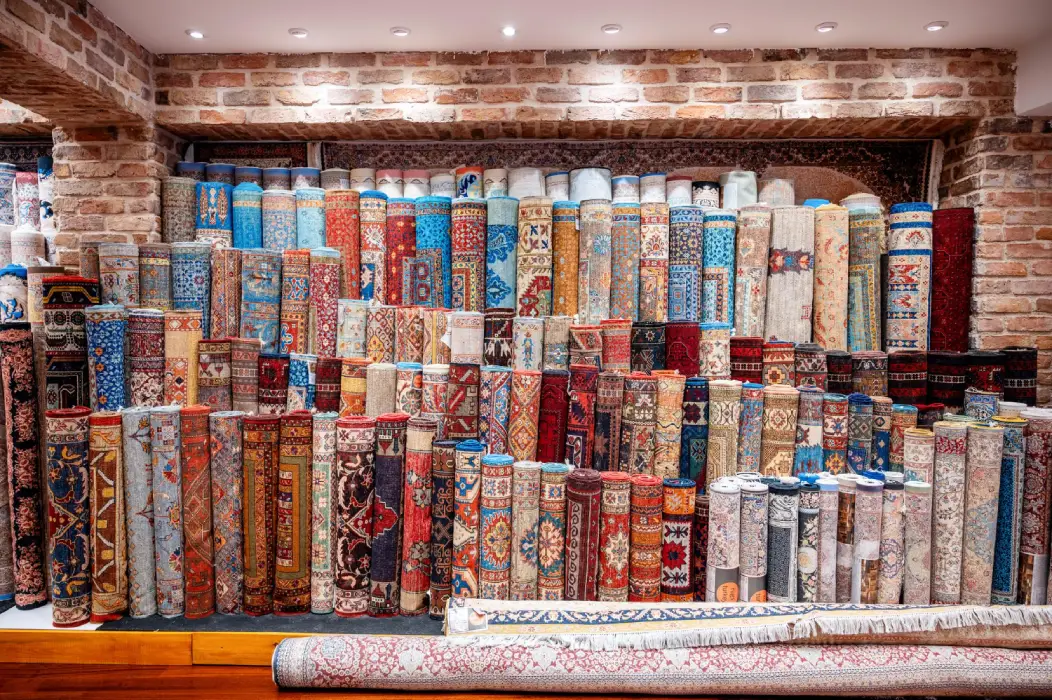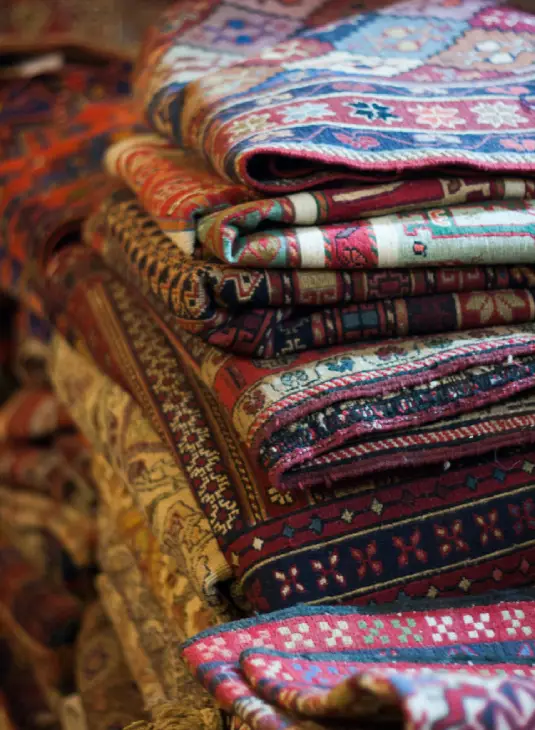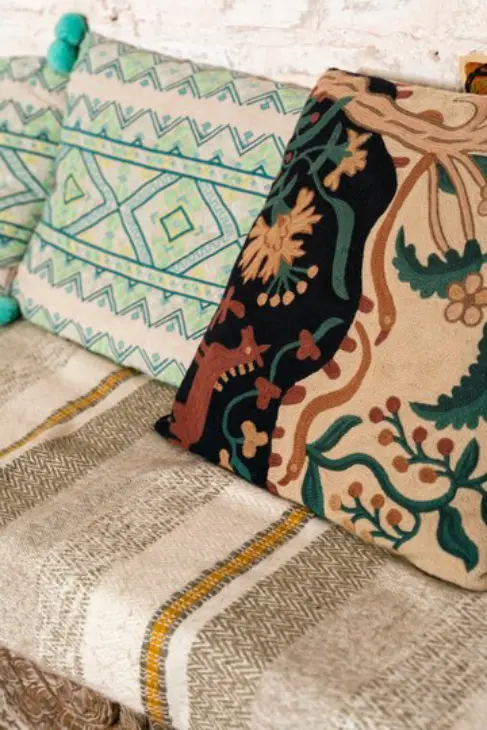Persian Rugs & Carpets
Home » Persian Rugs & Carpets

- Persian Rugs & Carpets
The Timeless Elegance of Persian Rugs & Carpets
Persian rugs and carpets are celebrated worldwide for their intricate designs, vibrant colors, and exceptional craftsmanship. These textile masterpieces are not merely floor coverings but windows into the rich cultural heritage of Persia (modern-day Iran). For collectors, decorators, and art enthusiasts alike, Persian rugs offer an unparalleled blend of beauty and functionality.
A Glimpse into the History of Persian Rugs & Carpets
The history of Persian rugs spans thousands of years, originating from the ancient nomadic tribes of Persia. Initially woven out of necessity for protection against the cold, these rugs quickly evolved into a revered art form. Over time, the intricate patterns and vivid colors became symbols of status and wealth, highly prized by both royalty and commoners.
Evolution of Techniques and Regional Styles
As rug-making spread throughout Persia, distinct regional styles and techniques emerged. Isfahan, for instance, became famous for its delicate, symmetrical patterns, while Tabriz gained recognition for bold, geometric designs. The evolution of these techniques was influenced by Persia’s interactions with neighboring cultures, such as the Ottoman Empire and Central Asia.
Symbolism in Persian Rug Designs
Persian rugs are rich in symbolism, with every color, animal, and plant depicted carrying a deeper meaning. Red often symbolizes happiness, while blue represents solitude and truth. Common motifs like the tree of life symbolize eternity and immortality, adding layers of cultural significance to each rug.

The Art of Crafting Persian Rugs & Carpets
Crafting a Persian rug is an intricate process, often taking months or even years to complete. It begins with selecting high-quality wool, silk, or cotton, which is dyed using natural ingredients like indigo and pomegranate rind. The threads are meticulously woven by hand into detailed patterns, with some rugs featuring over a million knots per square meter.
Unique Knotting Techniques
A defining feature of Persian rugs is the knotting technique. The Persian knot, or Senneh knot, allows for greater flexibility and detail in the design, particularly in creating the elaborate floral and pictorial motifs that Persian rugs are known for.
The Role of the Master Weaver
The master weaver plays a crucial role in Persian rug-making, overseeing the entire process to ensure the design’s perfection and the rug’s overall quality. This meticulous attention to detail makes each Persian rug a unique piece of art, with no two rugs being exactly alike.

Caring for Your Persian Rugs & Carpets
Owning a Persian rug is about appreciating its beauty and preserving it for future generations. Proper care is essential to maintain the rug’s vibrancy and integrity.
Cleaning and Maintenance Tips
Regular cleaning is key to keeping your Persian rug in top condition. Gently vacuuming the rug will help remove dust and dirt without damaging the fibers. Periodically rotating the rug helps distribute wear evenly across its surface. For a deeper clean, consulting a professional with expertise in Persian rugs is recommended to avoid potential damage.
Proper Storage Practices
If storing your Persian rug, protect it from moisture, insects, and sunlight. Roll the rug instead of folding it, and store it in a cool, dry place with a protective cover to shield it from dust and pests.
Conclusion
Persian rugs and carpets are more than just decorative items—they are pieces of history, culture, and art. Whether displayed in your home or passed down as heirlooms, these rugs carry the stories of the artisans who crafted them and the rich cultural heritage of Persia. By understanding their history, craftsmanship, and proper care, you can fully appreciate the timeless elegance of Persian rugs and carpets.
Frequently Asked Questions (FAQs) About Persian Rugs & Carpet
1. What makes Persian rugs special?
Persian rugs are known for their detailed designs, rich colors, and expert craftsmanship. They are hand-knotted and often feature unique patterns that represent their region of origin.
2. How can I tell if a Persian rug is real?
Real Persian rugs are hand-knotted, not machine-made. Check for a consistent knotting pattern on the back and intricate designs on the front. Authentic rugs also have regional patterns and colors.
3. What are common Persian rug patterns?
Common patterns include Medallion (a central motif), Herati (floral designs), and Shah Abbas (intricate borders). Each pattern has its own cultural significance.
4. What are the best practices for maintaining a Persian rug?
To keep your Persian rug in top condition, vacuum it regularly using a low setting. Address spills immediately with a clean, dry cloth, and avoid exposing the rug to direct sunlight. Periodic professional cleaning and rotating the rug can help prevent uneven wear.
5. Why are the materials in Persian rugs important?
Materials like wool, silk, and cotton impact the rug’s durability, softness, and appearance. Wool is durable, silk adds sheen, and cotton supports the structure.
6. How do I know the value of my Persian rug?
Value is based on factors like age, rarity, condition, and design. Rugs with rare patterns or historical significance are often more valuable.
7. Can Persian rugs handle high-traffic areas?
Wool Persian rugs can handle moderate foot traffic. For high-traffic areas, use a rug pad to reduce wear.
8. What should I do if my Persian rug gets damaged?
For small issues, like frayed edges, seek a rug repair service. For serious damage, consult a professional rug restorer.
9. Can Persian rugs fit into modern decor?
Yes, Persian rugs can enhance modern spaces with their rich colors and patterns. Pair them with simple furniture for a balanced look.
10. Where can I buy authentic Persian rugs?
Buy from trusted rug dealers, antique shops, or reputable online stores that provide details about the rug’s authenticity.